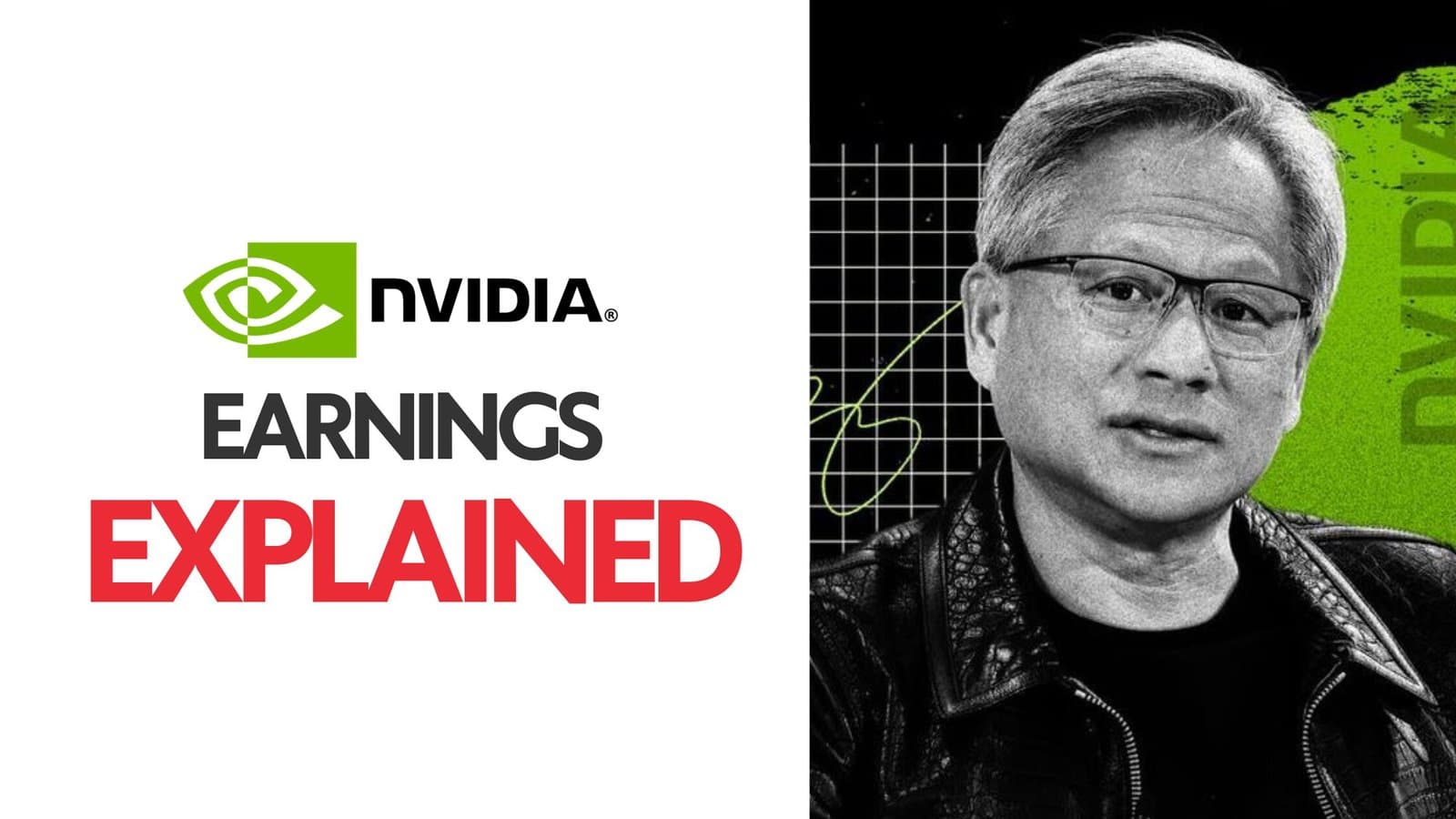
NVIDIA $57B earnings crushed the AI-bubble narrative. Demand is surging, margins rising, and risk assets are recovering.
Author: Tanishq Bodh
Published On: Wed, 19 Nov 2025 22:11:53 GMT
For most of 2025, analysts, commentators, and doomsayers have hammered the same warning: “The AI bubble is coming apart. Spending is excessive. Growth will collapse.” On November 19, NVIDIA delivered a $57-billion rebuttal.
The company’s fiscal Q3 FY2026 earnings shattered expectations, crushed every bearish narrative in circulation, and sent shockwaves through global markets. The results didn’t just beat Wall Street forecasts. They obliterated them. Revenue surged. Margins jumped. Guidance accelerated. And most importantly, demand for AI chips remained far above supply.
The implications go far beyond stocks. NVIDIA has become a barometer for the entire AI megacycle, and by extension, the broader risk-asset ecosystem including Bitcoin, Ethereum, and decentralized GPU networks. When NVIDIA proves that the AI compute boom remains intact, every asset linked to digital infrastructure re-rates higher.
This explained article breaks down what happened, why it matters, and what it means for equities, crypto, and the long-term AI-driven market cycle.
NVIDIA’s quarter ended October 26, and the numbers were explosive:
Three years ago, NVIDIA made less than $30B annually. Today, it is printing almost $50B per quarter in AI chips alone.
The earnings call made one thing clear: Demand is not only strong. It is overwhelming.
This is not what a bubble looks like.
This is what a supply bottleneck inside a multi-year capex supercycle looks like.

When a company “beats” expectations, that’s normal.
When a company says “we cannot make chips fast enough”, that is structural.
Blackwell’s capacity is fully committed through late 2026. NVIDIA’s bottleneck is not customers. It is physics.
The hyperscalers funding AI are not stressed:
Combined 2025 capex from these firms is projected to exceed $200B.
The money is real. The returns are real. The infrastructure boom is still early.
Demand is no longer hyperscaler-only:
Sources of demand that barely existed 18 months ago are now billion-dollar buyers.

Image Credits : App Economy Insights
For a year, analysts predicted a slowdown in hyperscaler spending. NVIDIA’s Q3 destroyed that thesis.
Guidance implies acceleration, not digestion.
The fear of an “AI capex cliff” faded instantly.

The biggest surprise was crypto’s reaction:
Why?
In short:
AI strength = crypto strength — at least for assets tied to compute, data, and tokenized processing power.
Bubbles don’t deliver:
This is sustained industrial demand.
AI adoption creates a reflexive loop:
This flywheel is spinning faster every quarter.
For Bitcoin and Ethereum, the narrative is macro: risk-on returns, liquidity grows, capex booms.
But for GPU-linked networks, the impact is direct: NVIDIA’s success is their validation.
Unless a macro shock forces hyperscalers to slash capex, the cycle continues:
We are witnessing a historic transformation of global compute.
NVIDIA’s Q3 wasn’t just another earnings beat. It was a reality check for anyone convinced that the AI boom was topping out.
Revenue smashed expectations. Demand remains supply-limited. Guidance accelerated. New buyers are emerging. And the AI capex cycle, far from slowing, looks locked in for years.
For markets, this print was a green light for equities, for semiconductors, and for crypto assets tied to AI and digital infrastructure. The AI economy isn’t cooling. It’s entering its next phase.
The bubble isn’t bursting. The buildout is just beginning.

